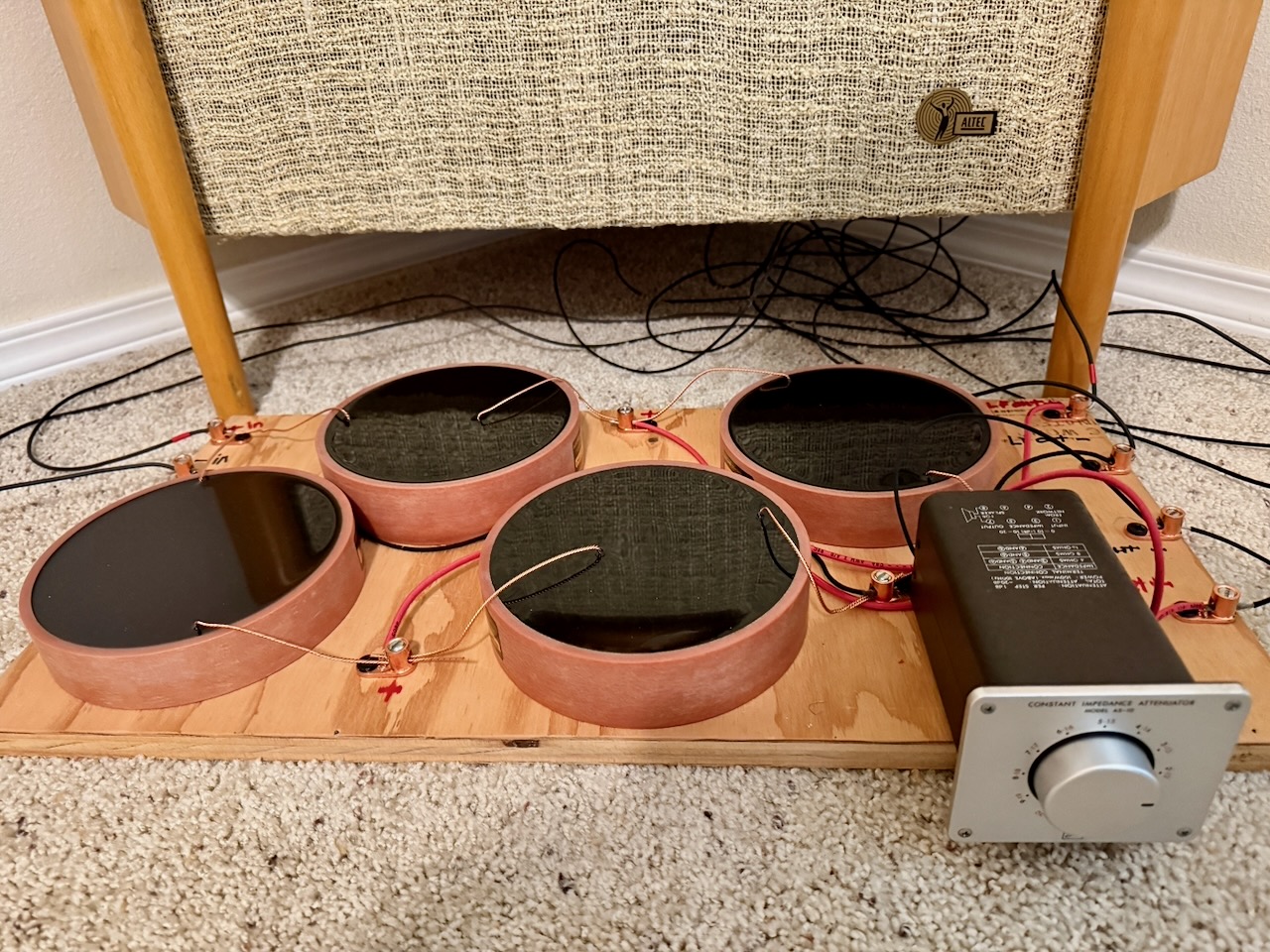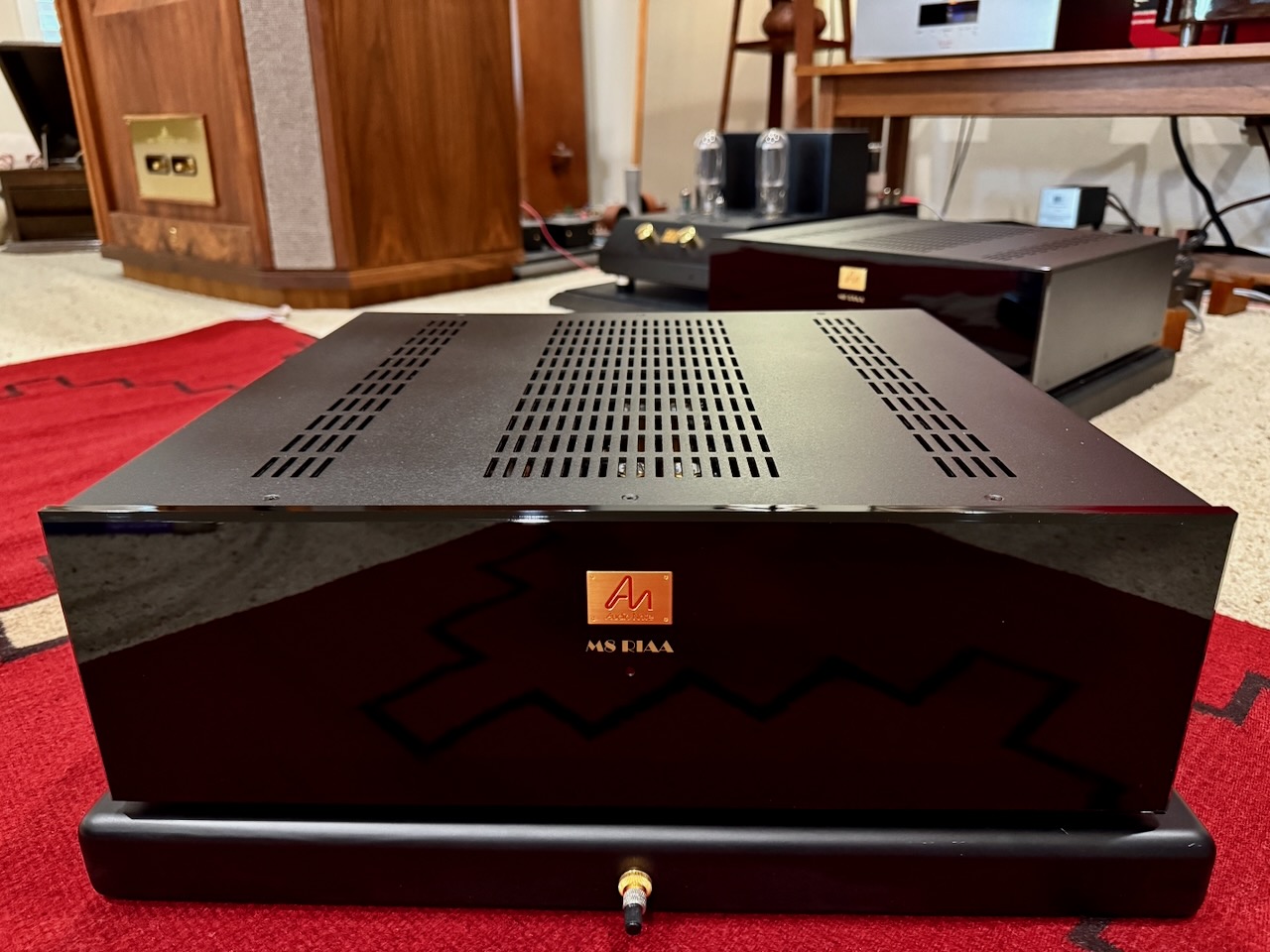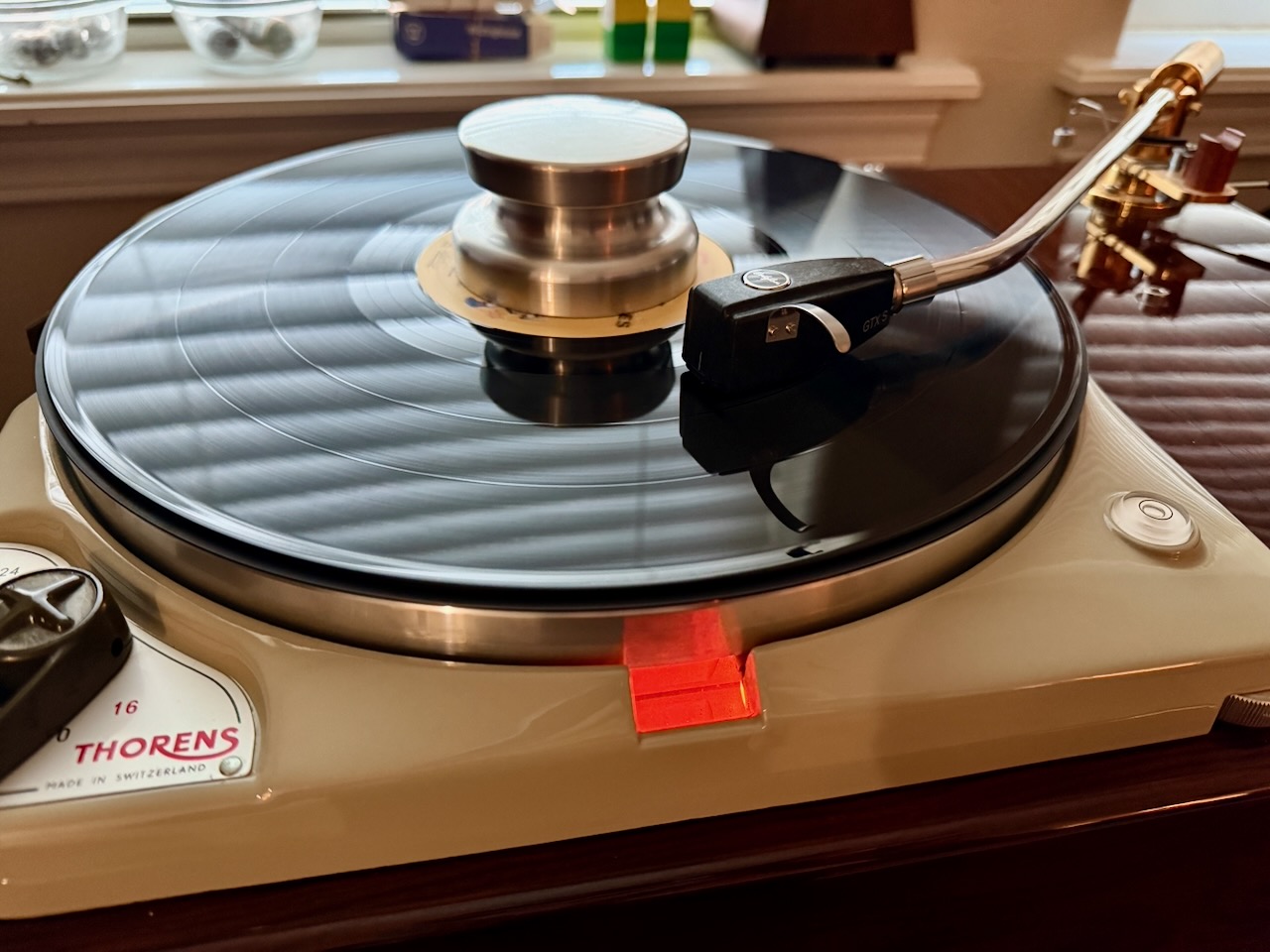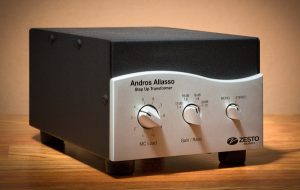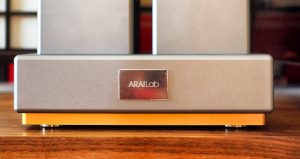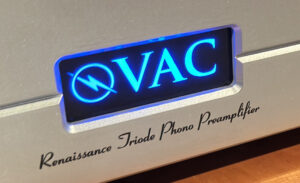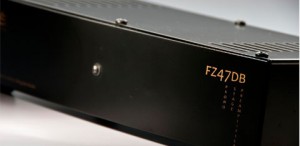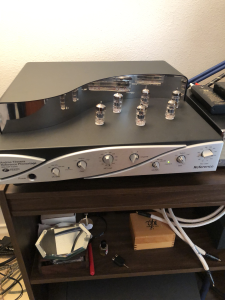Greetings, friends, I hope you are doing well.
The M6 RIAA phono preamplifier is the latest in the Audio Note (UK) series of articles here at Positive Feedback, and like the title says, the M6 is "next level" in performance.
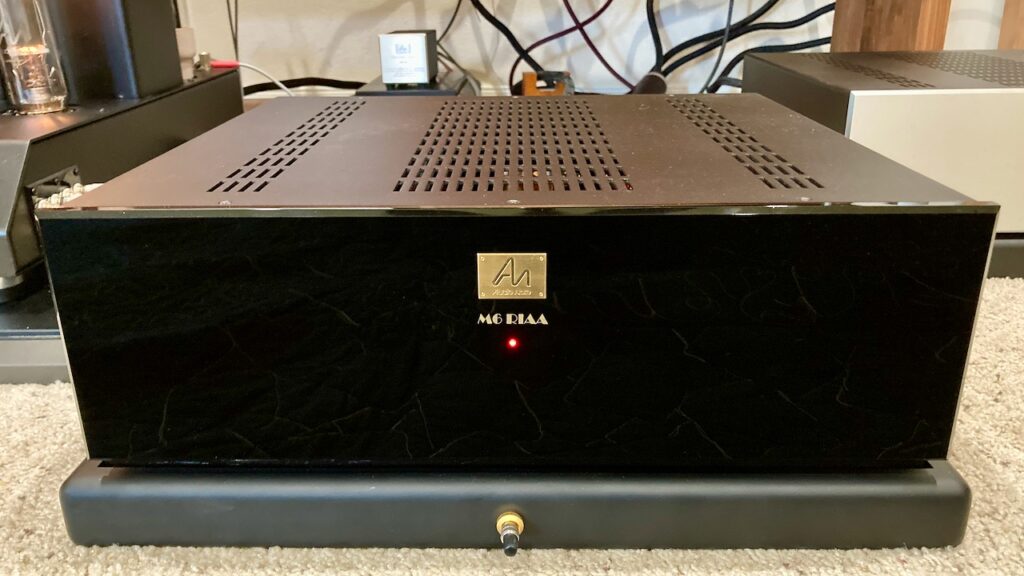
"Next level" is a phrase that gets tossed about casually to describe impressive performance that is above and beyond the norm, and while that certainly applies to the M6 RIAA, it also has a more specific meaning as described in the Audio Note (UK) "Performance Level System."
Audio Note (UK) builds components in ascending levels of performance from Level Zero to Level Six.
Firstly, the "level" implies the level of sonic performance within the Audio Note (UK) product lines, and secondly, the "level" is an aid to dealers and customers for matching components horizontally within the same performance level when building or upgrading an audio system.
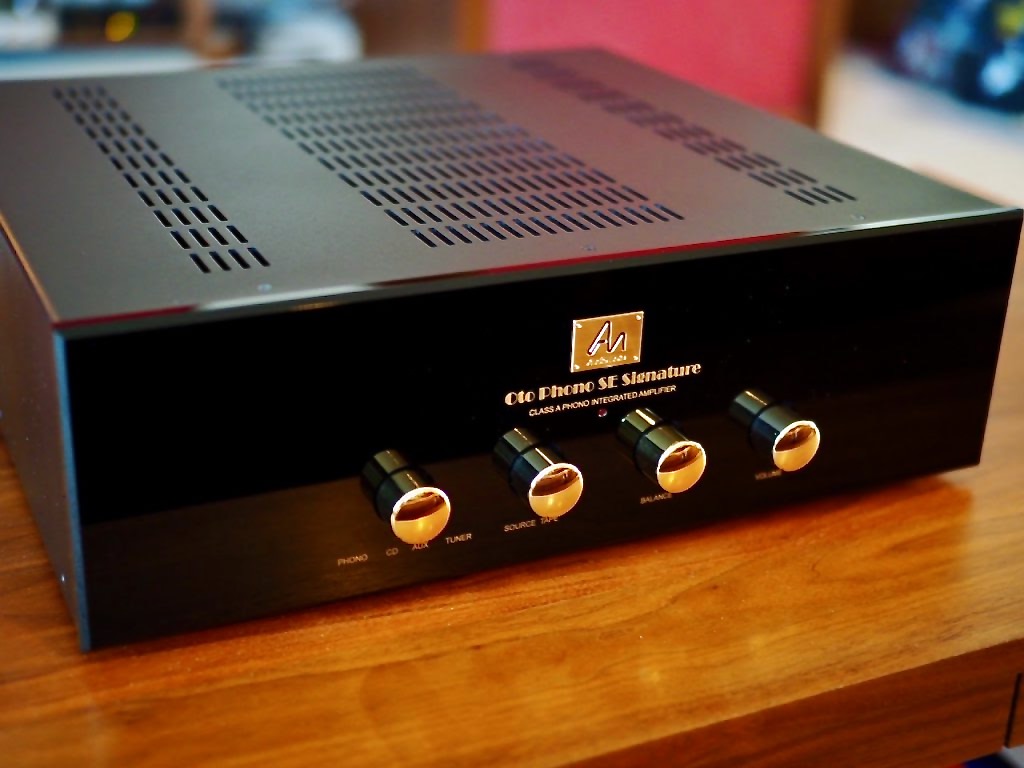
For example, in this Audio Note (UK) series I first reviewed the Level Two Oto Phono SE Signature EL84 SEP integrated amplifier mentioned above (Issue 108), then the Level Three Meishu Phono Silver Tonmeister 300B SET integrated amplifier (Issue 122), and then the Level Four Tomei 211 SET integrated amplifier (Issue 133).
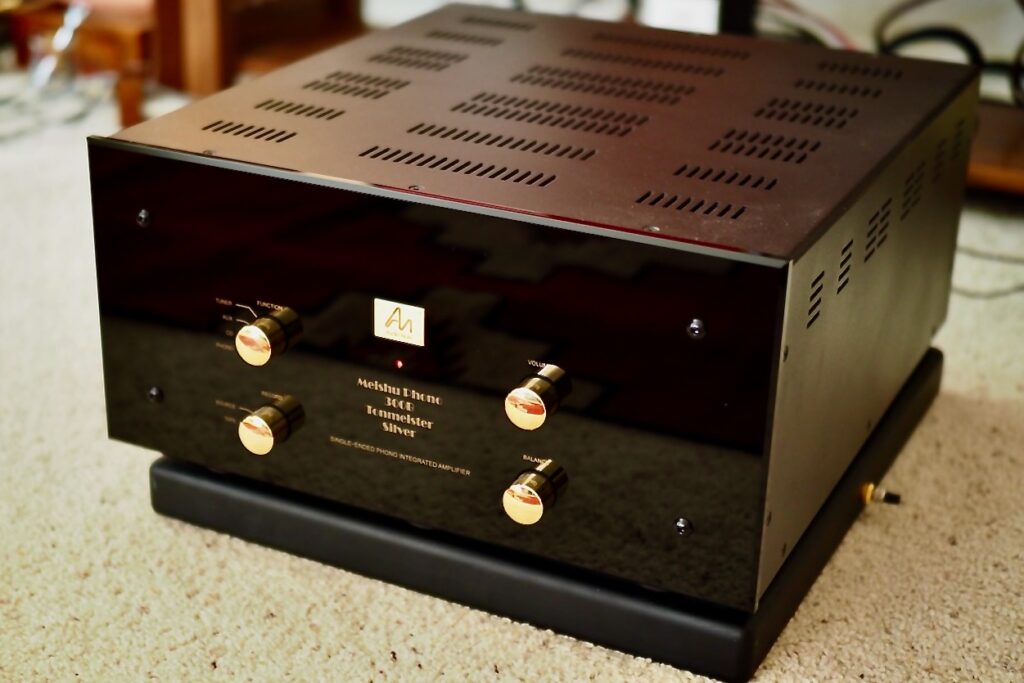
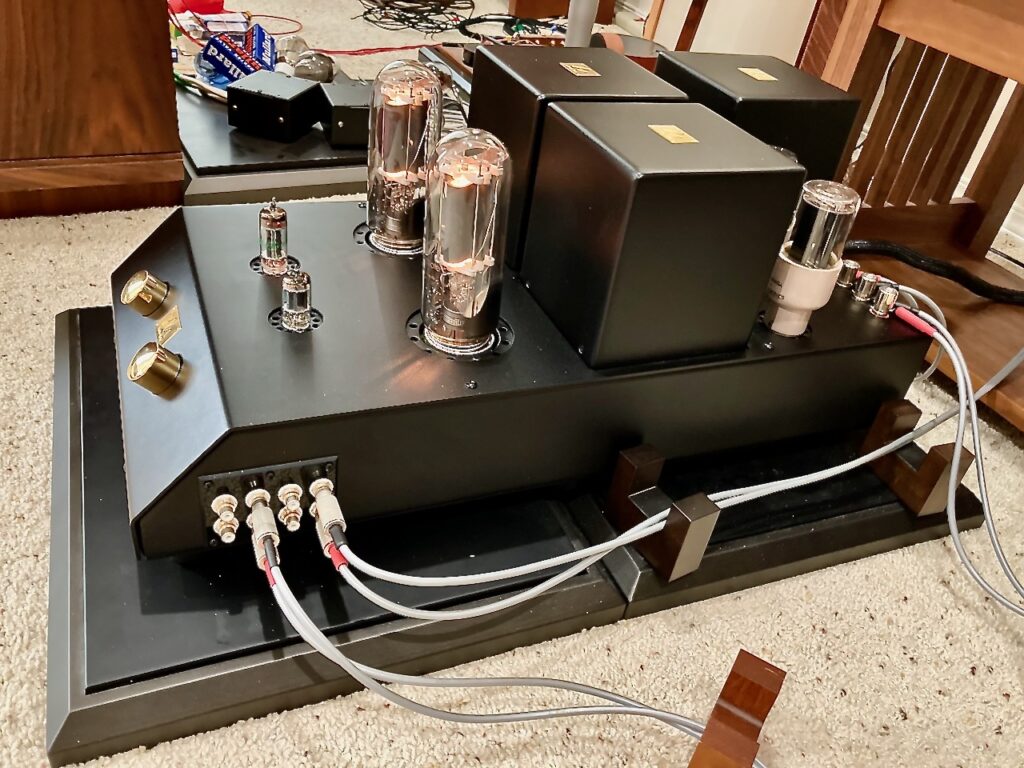
Each Level utilizes a circuit that is intended to give the best performance possible, at a given price level in the integrated amplifier product line, and indeed that has been my experience with these Audio Note (UK) integrated amplifiers.
While I adored each of those integrated amplifiers, and would feel privileged to own any one of them, it was immediately obvious that each higher performance level in the Audio Note (UK) integrated amplifier product line delivered a dramatic increase in sonic performance.
With the Oto EL84 SEP and Meishu 300B SET integrated amplifiers, the phono preamplifier was conveniently located within their chassis. However, when going to the Level Four Tomei 211 SET, it is just too big and heavy of an integrated amplifier to place a phono stage inside its chassis.
I also imagine that given the Tomei's price point, most buyers will want to pick out their own choice for a separate phono stage anyways.
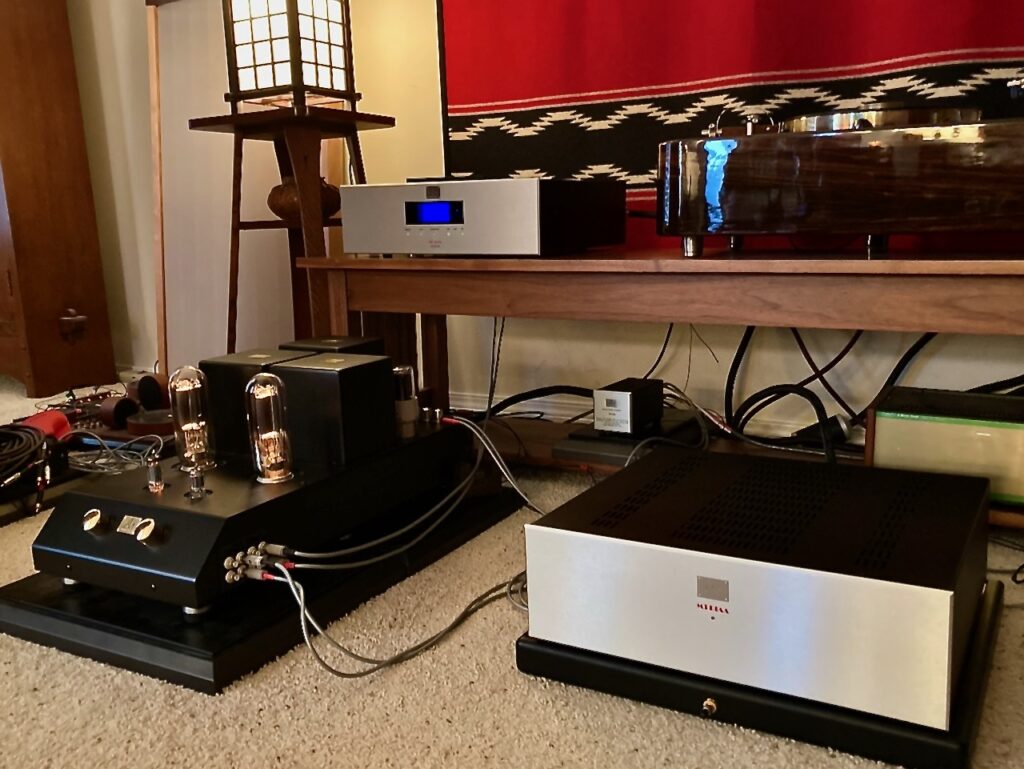
Peter sent along an M3 RIAA phono preamplifier as a good match to the Tomei (above right). The M3 RIAA is a full-chassis phono preamplifier whose circuit forms the basis of the M3 (Level Three) through M8 (Level Five) phono preamplifier product line.
I thought the phono preamplifiers in the Oto and Meishu integrated amplifiers were splendid sounding, but the M3 RIAA was at a significantly higher level of sonic performance, and until the arrival of the M6 RIAA, the M3 RIAA was the finest performing phono stage I'd heard in my home to date.
Peter successfully demonstrated to me the increase in sonic performance between the different amplifier circuits used in the integrated amplifier product line—the Level Two EL84 SEP circuit of the Oto, the Level Three 300B SET circuit of the Meishu, and the Level Four 211 SET circuit of the Tomei—but now it was time to move on to our next circuitry adventure.
Now Peter wanted to demonstrate to me what was possible when upgrading the sonic performance of the same circuit to the next Level through upgraded circuit components, in this case the increase in performance when going from the Level Three M3 RIAA to the Level Four M6 RIAA.
Audio Note (UK) M3 RIAA and M6 RIAA Design Comparison
Let's go over the component differences between the Level Three M3 RIAA (right) and the Level Four M6 RIAA (middle).
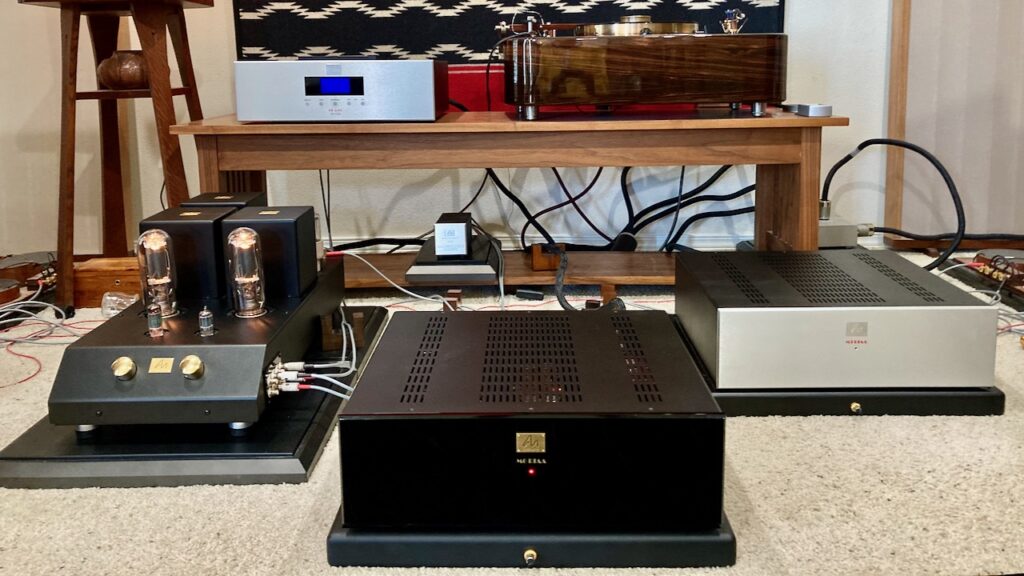
First of all, what they have in common: As I mentioned, the M3 RIAA phono stage is the first step of M3 to M8 preamplifier family, all of which share the same circuit topology across the range: M3 (Level Three), M5, M6 (Level Four), and M8 Level Five), with parts quality upgraded level by level within the range.
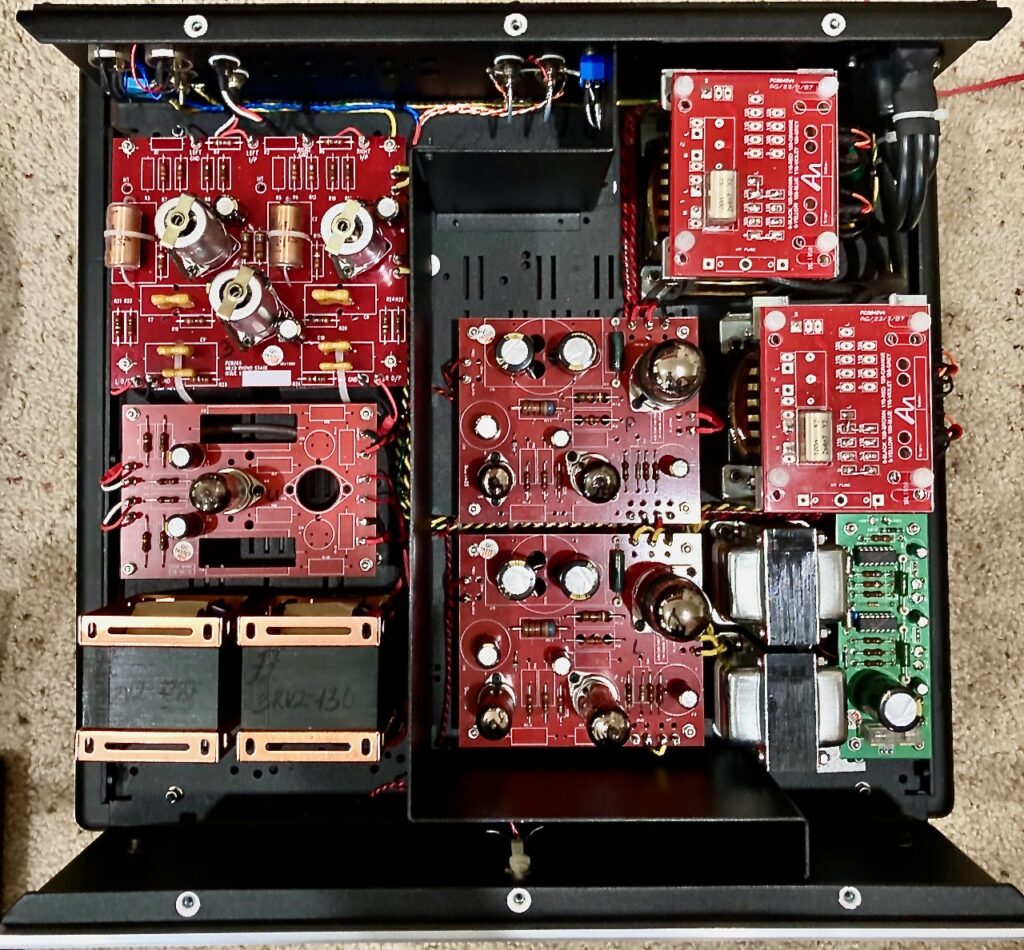
The Audio Note (UK) M3 (top view above) through M8 RIAA phono preamplifier product line utilizes no negative feedback (NFB), and features the use of passive CR RIAA equalization.
Please click on the link below to go to the next page.




